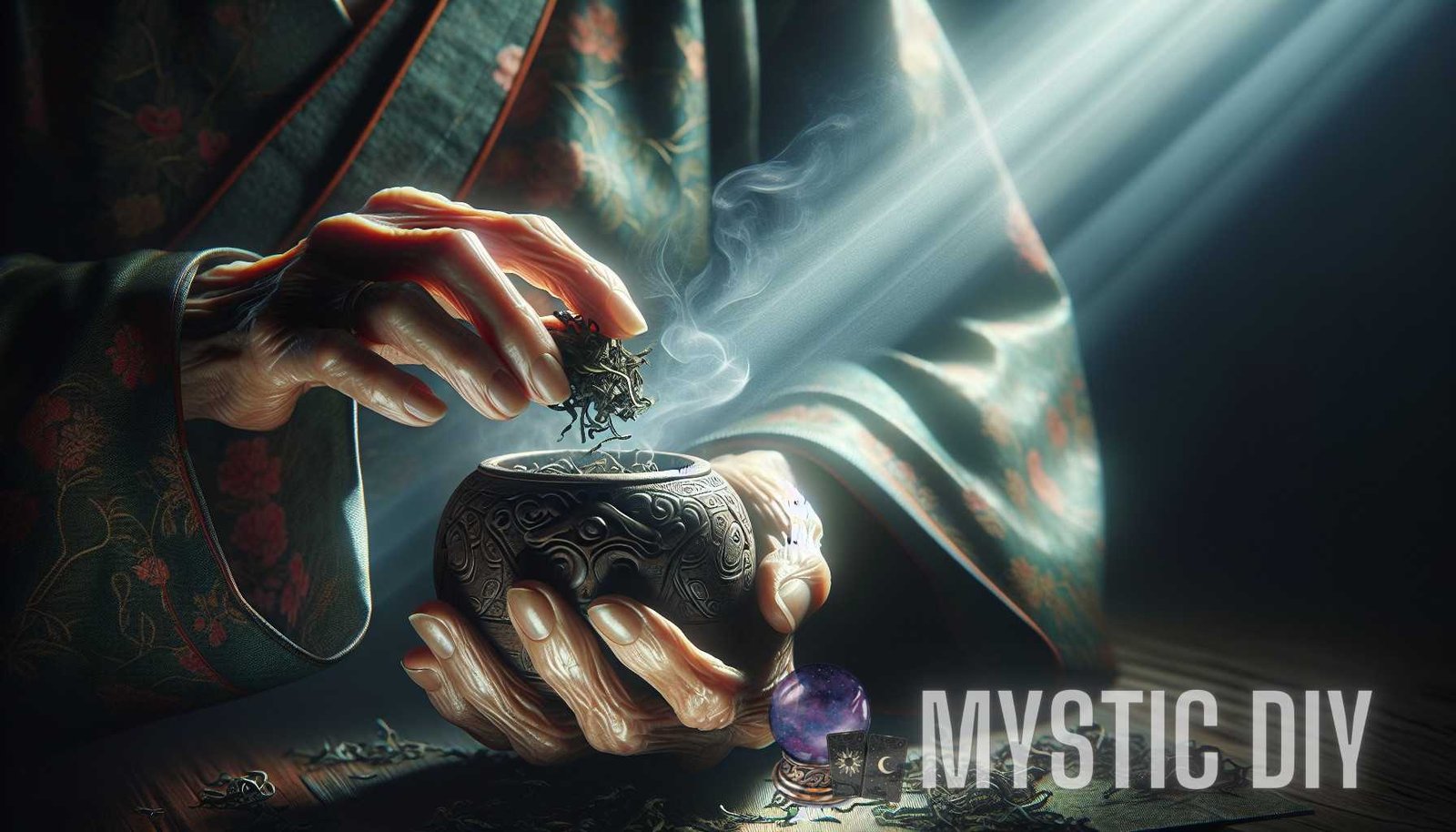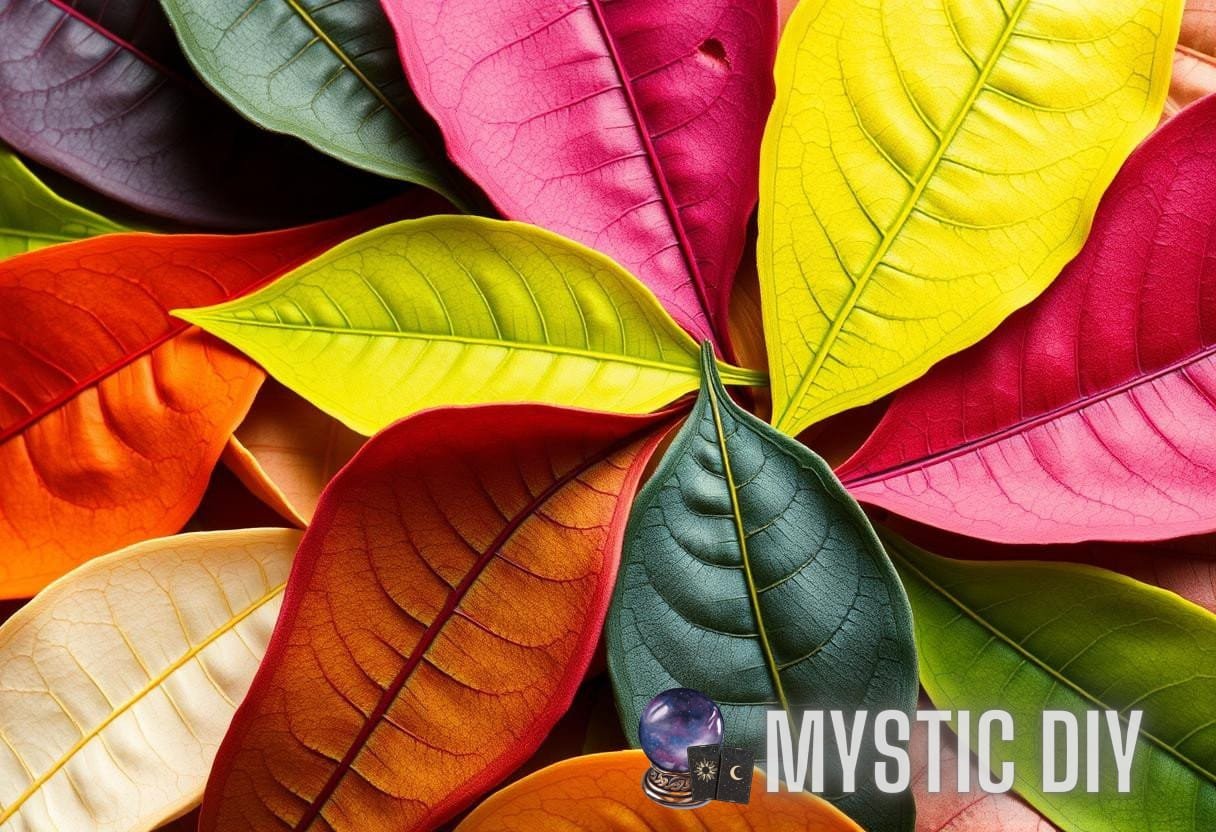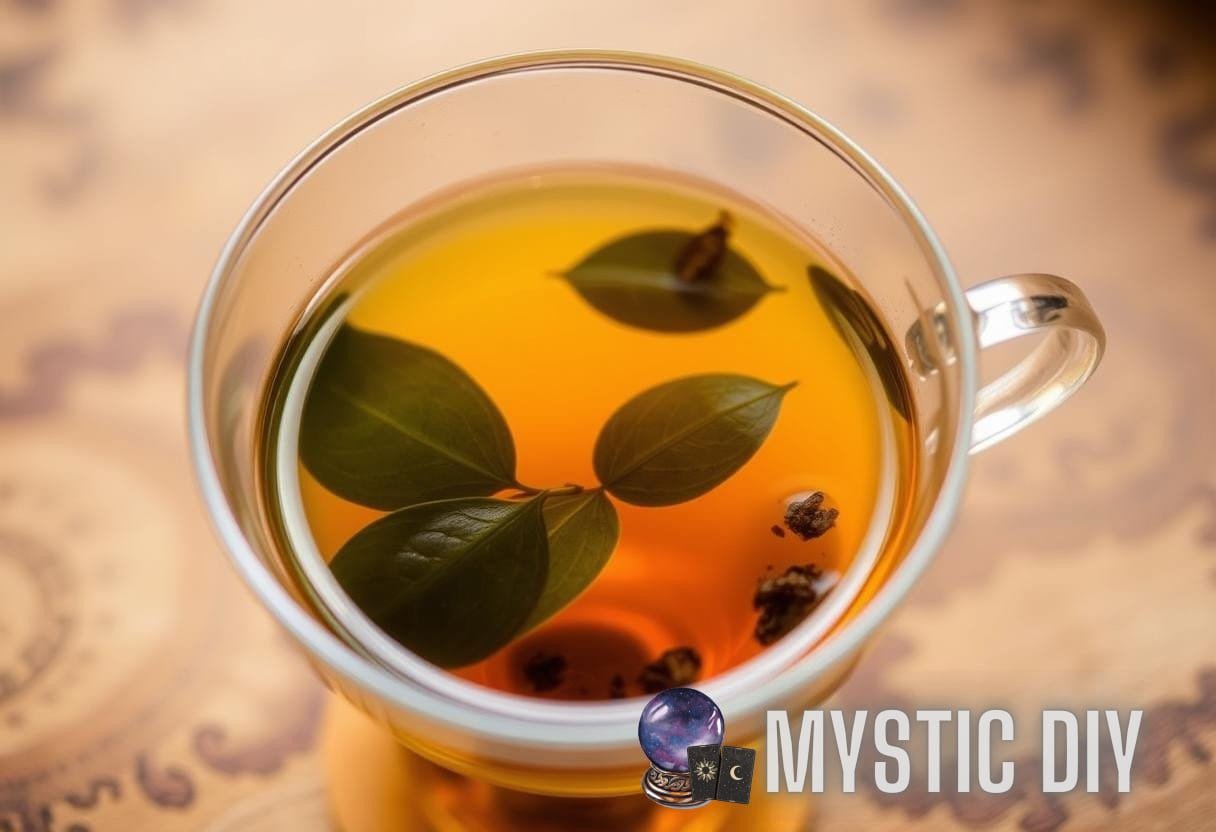The Enigmatic Language of Tea Leaves: Decoding the Symbiotic Relationship Between Leaves and Destiny
Tea has long been revered for its soothing aroma and healing properties, but did you know that its leaves can also reveal hidden messages about the future? Through the ancient art of tea leaf reading, also known as tasseography, individuals have been able to unravel the enigmatic language of tea leaves and gain insights into their destiny.
The Origins of Tea Leaf Reading
The practice of tea leaf reading dates back to ancient China, where it was believed that the patterns formed by tea leaves in a cup could provide glimpses into the future. The art form spread throughout Asia and eventually reached Europe and the Americas. Today, tea leaf reading is a popular divination method worldwide, offering individuals a unique way to connect with their destiny.
The process of tea leaf reading begins with the selection and preparation of the tea. Loose-leaf teas, such as black, green, or herbal blends, are typically used for readings. The tea is brewed in a teapot or cup, and the leaves are left to settle at the bottom. Once the tea has been consumed, the cup is swirled three times in a clockwise direction to distribute the leaves evenly. The remaining leaves form intricate patterns and symbols that can be interpreted by a skilled tea leaf reader.
The Language of Tea Leaves
Interpreting the symbols and patterns in tea leaves requires a deep understanding of the traditional symbolism associated with tasseography. While each reader may have their own unique interpretations, there are some common themes that can be found in tea leaf readings:
- Hearts: A symbol of love, romance, and emotional connections.
- Stars: Representing guidance, inspiration, and a bright future.
- Animals: Associated with the characteristics and traits of the particular animal.
- Clouds: Often seen as a sign of uncertainty or confusion.
- Mountains: Representing challenges and obstacles that need to be overcome.
- Keys: Symbolizing opportunities and unlocking hidden potentials.
These are just a few examples of the symbols that can appear in a tea leaf reading. Each symbol is open to interpretation and can vary depending on the context and surrounding symbols.
Mastering the Art of Tea Leaf Reading
While anyone can attempt to practice tea leaf reading, it takes patience, intuition, and an understanding of the symbolism to truly master the art. Here are a few tips to get started:
- Choose the right tea: Different types of tea may have different levels of symbolism and energy. Experiment with different blends to find the one that resonates with you.
- Relax and set your intention: Before performing a tea leaf reading, take a moment to relax, clear your mind, and set your intention to receive guidance through the leaves.
- Trust your intuition: As you observe the patterns and symbols in the cup, trust your intuition to guide you in deciphering their meaning. Intuition plays a crucial role in tea leaf reading.
- Keep a tea leaf journal: Recording your observations and interpretations in a journal can help you develop your skills over time and track patterns and themes that may emerge.
By honing your skills and practicing regularly, you can become more proficient in decoding the language of tea leaves and uncovering insights into your destiny.
Unveiling the Secrets to Preparing Your Perfect Cup of Tea: Mastering Tea Reading Techniques
For a comprehensive guide on preparing the perfect cup of tea for tea leaf reading, visit our article here.

The Science behind Tea Leaf Reading
While tea leaf reading is steeped in mystical traditions, there is also a scientific basis behind the practice. The patterns and symbols formed by the tea leaves in a cup are the result of natural forces such as gravity, fluid dynamics, and random chance.
When tea leaves are swirled in a cup, they move in response to the movement of the liquid. As the liquid flows around the leaves, it carries them along, creating intricate patterns and formations. These formations are influenced by various factors, including the shape of the cup, the amount of liquid, and the speed and direction of the swirling motion.
The human brain has a natural tendency to recognize patterns and make connections, even where none may exist. This phenomenon, known as pareidolia, is the reason why we see shapes and images in random objects, such as clouds or inkblots. In the case of tea leaf reading, the brain tries to make sense of the random formations and assigns meaning to them.
While the interpretations may not have a direct correlation to an individual’s destiny, tea leaf reading can serve as a powerful tool for self-reflection, introspection, and contemplation. It allows individuals to tap into their subconscious mind and gain insights into their thoughts, emotions, and desires.
Exploring Cultural Variations in Tea Leaf Reading
Tea leaf reading is a diverse practice with variations found in different cultures and regions. Here are a few examples of how tea leaf reading differs around the world:
| Region | Cultural Variation |
|---|---|
| China | In China, tea leaf reading is known as “chabuduo.” The focus is on the shape and position of the leaves, with each shape having a specific interpretation. |
| India | In India, tea leaf reading is known as “tasseography” or “chai’mancy.” The readings may involve additional elements, such as spices or milk, and the interpretation is guided by Vedic astrology. |
| Scotland | In Scotland, tea leaf reading is known as “sibyl reading.” The practice involves interpreting the patterns formed by the tea leaves, but instead of focusing on the future, it is used to gain insights into the past and present. |
These are just a few examples of the cultural variations in tea leaf reading. Each region has its own unique traditions, symbolism, and interpretations that have been passed down through generations.
The Benefits of Tea Leaf Reading
Tea leaf reading offers a range of benefits beyond its potential for foreseeing the future. Here are some of the advantages of incorporating tea leaf reading into your life:
- Self-reflection: Tea leaf reading provides a space for self-reflection and self-discovery. By observing the patterns and symbols in the cup, individuals can gain insights into their thoughts, emotions, and innermost desires.
- Relaxation and mindfulness: The process of preparing tea and engaging in tea leaf reading can be a calming and meditative experience. It allows individuals to slow down, be present in the moment, and cultivate mindfulness.
- Enhanced intuition: Regular practice of tea leaf reading can help individuals develop their intuition and strengthen their connection to their inner wisdom. As intuition is a valuable tool in decision-making and navigating life’s challenges, this can be a significant benefit.
- Connection to ancient traditions: Tea leaf reading is rooted in ancient traditions and cultural practices. By engaging in this art form, individuals can connect to the wisdom and knowledge of their ancestors.
Whether you seek glimpses into the future, a means of self-reflection, or a connection to ancient traditions, tea leaf reading can offer a unique and enriching experience.
Unlocking the Secrets of Tea Leaf Reading: A Beginner’s Guide to Tasseography
To learn more about how to get started with tea leaf reading and unlocking its secrets, read our comprehensive guide here.
In Conclusion
Tea leaf reading is an ancient art that continues to capture the imagination of individuals seeking insights into their destiny. By deciphering the language of tea leaves, practitioners can tap into their intuition, gain self-awareness, and cultivate a deeper connection to their spiritual path. Whether you embrace the mystical aspects or appreciate the art form as a tool for self-reflection, tea leaf reading offers a unique and enriching experience that can enhance your journey through life.


